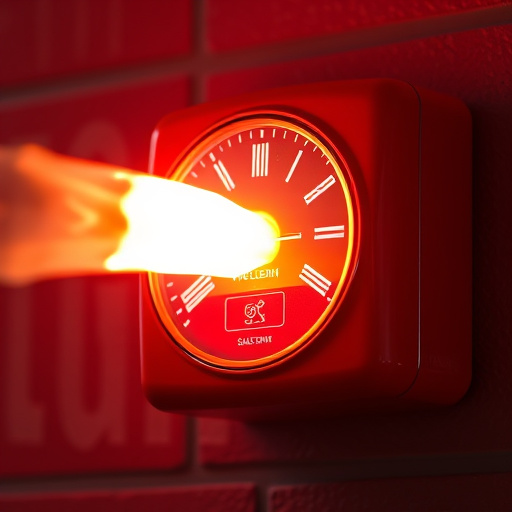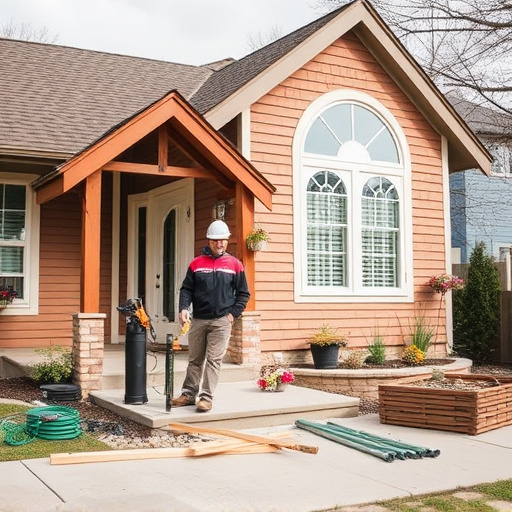Before installing tile flooring, prepare the subfloor by inspecting, repairing, and cleaning. Choose high-quality tiles and adhesive for professional results. Lay tiles closely together with consistent spacing, allowing adhesive to cure before grouting for enhanced bonding strength.
Looking to install tile flooring like a pro? This comprehensive guide walks you through every step, from preparing your subfloor to choosing the perfect tiles and adhesive, and laying your new floor with precision. Learn expert techniques for grouting to ensure a durable, stunning finish. Elevate your home with the beauty of tile flooring – get started today!
- Prepare Your Subfloor for Tile Installation
- Choose the Right Tiles and Adhesive
- Lay and Grout Your Tile Flooring Like a Pro
Prepare Your Subfloor for Tile Installation

Before laying any tile flooring, ensuring your subfloor is properly prepared is a crucial step. The subfloor serves as the foundation for your new tile installation, so it needs to be even and solid. Start by inspecting the existing subfloor for any signs of damage, moisture, or uneven spots. If necessary, repair or replace damaged sections before proceeding.
For optimal results, especially in high-moisture areas like bathrooms, consider using a vapor barrier to protect against humidity. This is an essential step in a bathroom remodel or home renovation project. Once the subfloor is ready, sweep and clean it thoroughly to remove any debris or dust, ensuring a smooth surface for your tile flooring to adhere to.
Choose the Right Tiles and Adhesive

Selecting the appropriate tiles and adhesive is a fundamental step in achieving professional-grade tile flooring. When choosing your tiles, consider both aesthetics and functionality for your specific space. Opt for high-quality materials that are suitable for heavy foot traffic if it’s a high-use area like a kitchen or bathroom. For exterior painting projects or creating a customized work environment with unique design elements, explore outdoor-rated tiles that offer durability against weather changes and varying temperatures.
Ensure the adhesive you pick aligns with your chosen tile type and is designed to withstand the moisture levels and environmental conditions of the space. A compatible adhesive guarantees a strong bond, preventing tile shifting or lugging over time, which is essential for maintaining a long-lasting and visually appealing tile flooring installation.
Lay and Grout Your Tile Flooring Like a Pro

To lay and grout your tile flooring like a pro, start by preparing the subfloor. Ensure it’s clean, level, and dry to prevent uneven tiles or grout lines. Use a level to check for any dips or bumps, filling in gaps as needed with appropriate underlayment. This foundation is crucial for a durable tile installation that can withstand heavy foot traffic, especially in high-traffic areas like kitchens and baths.
Next, arrange your tiles according to the pattern you’ve chosen, ensuring they fit snugly together without gaps. When ready, start laying the tiles using a level to maintain consistency. Apply grout joints of uniform width between each tile, using a grouting tool for precise results. Remember, proper spacing is vital not only for aesthetics but also for preventing water seepage and ensuring your floor can be easily cleaned. After the tiles are laid, let the adhesive cure before applying grout, allowing for the best bond and longevity in your renovation services.
Installing tile flooring doesn’t have to be a daunting task. By preparing your subfloor, selecting the appropriate tiles and adhesive, and following proven techniques for laying and grouting, you can achieve professional results that will enhance any space. With the right knowledge and tools, you’re well on your way to transforming your floor into a stunning, durable tile flooring masterpiece.














